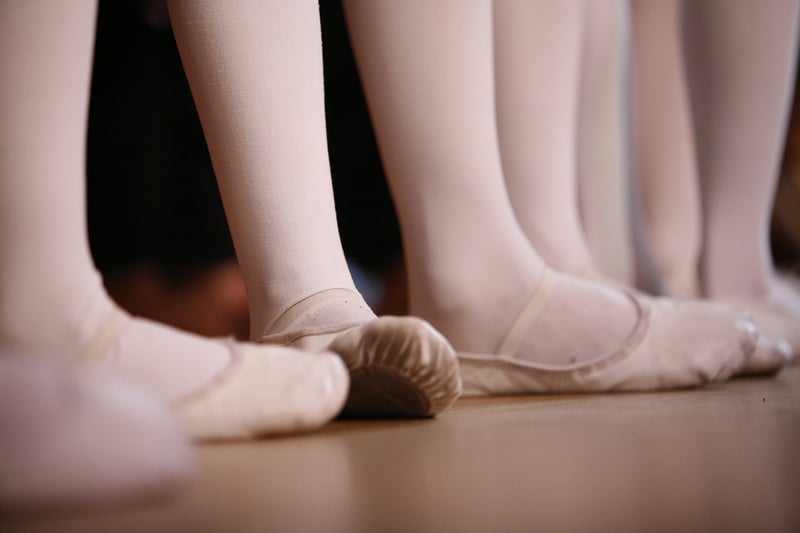Ballet
Exploring Expressive Movement Styles in Ballet
Ballet, with its grace, precision, and beauty, is a dance form that has captivated audiences for centuries. Within the realm of ballet, there are various expressive movement styles that convey different emotions and narratives. Let's delve into some of these styles that add depth and artistry to ballet performances.
1. Romantic Ballet
Romantic ballet emerged in the early 19th century and is characterized by ethereal and otherworldly themes. Dancers in romantic ballet use soft, flowing movements to convey a sense of fragility and longing. The emphasis is on creating a dreamlike atmosphere, with dancers often portraying supernatural beings or star-crossed lovers.
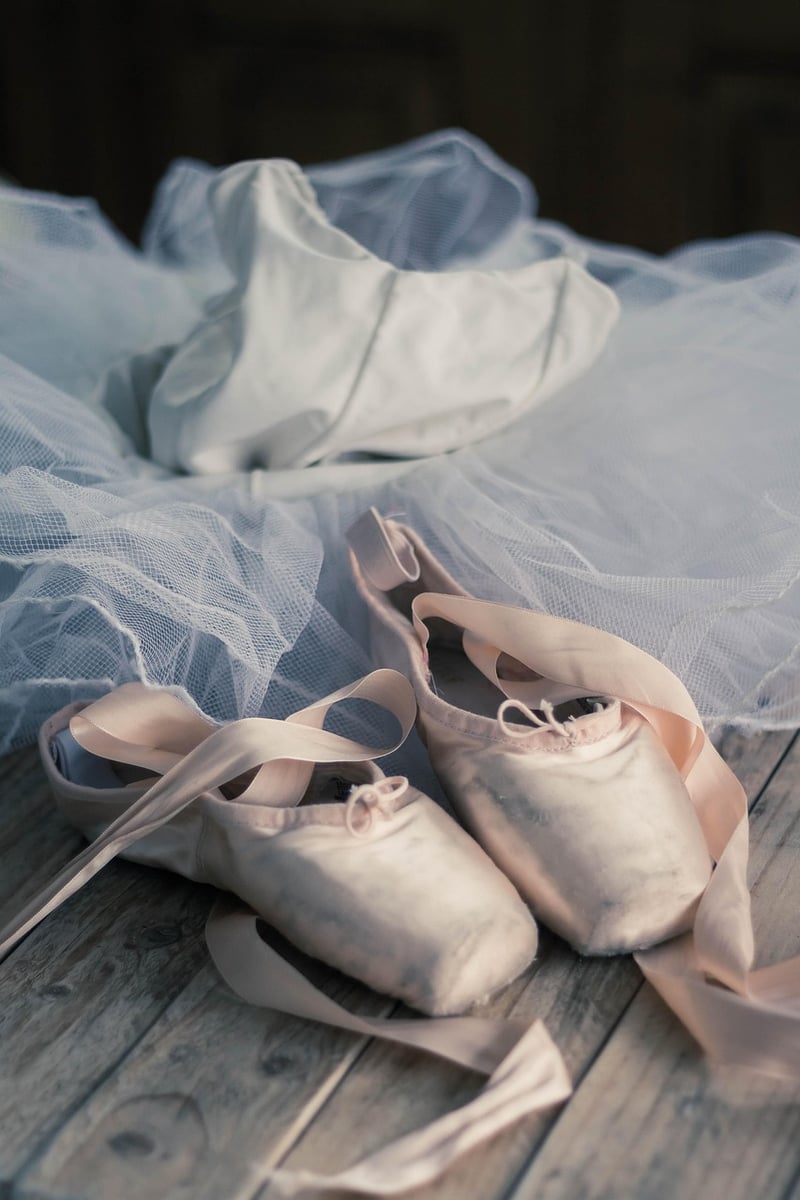
2. Classical Ballet
Classical ballet is known for its technical precision and grandeur. This style focuses on perfecting intricate footwork, turns, and extensions. The movements in classical ballet are sharp and defined, emphasizing strength and control. Classical ballet often tells stories of love, betrayal, and heroism through elaborate choreography.
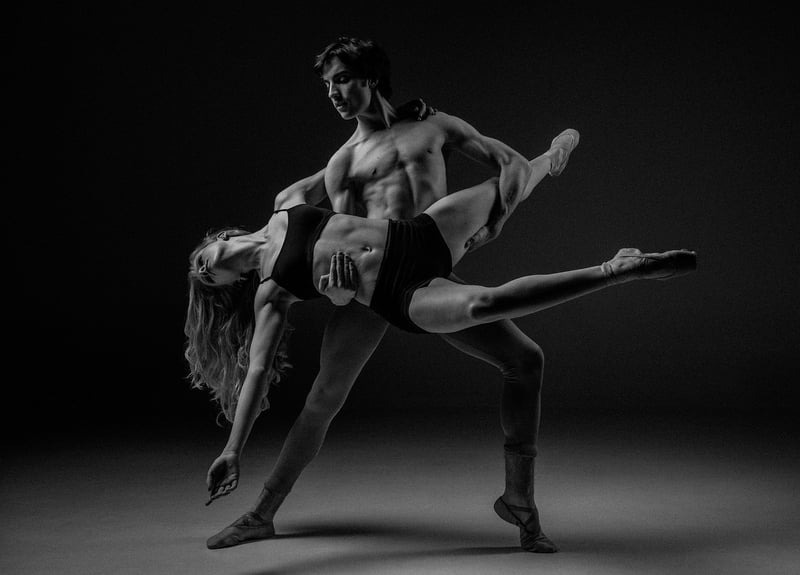
3. Neoclassical Ballet
Neoclassical ballet emerged in the 20th century as a reaction to the strict rules of classical ballet. This style incorporates elements of classical ballet but allows for more experimentation and freedom of movement. Neoclassical ballet is characterized by its athleticism, speed, and angular movements, breaking away from traditional narrative ballets.
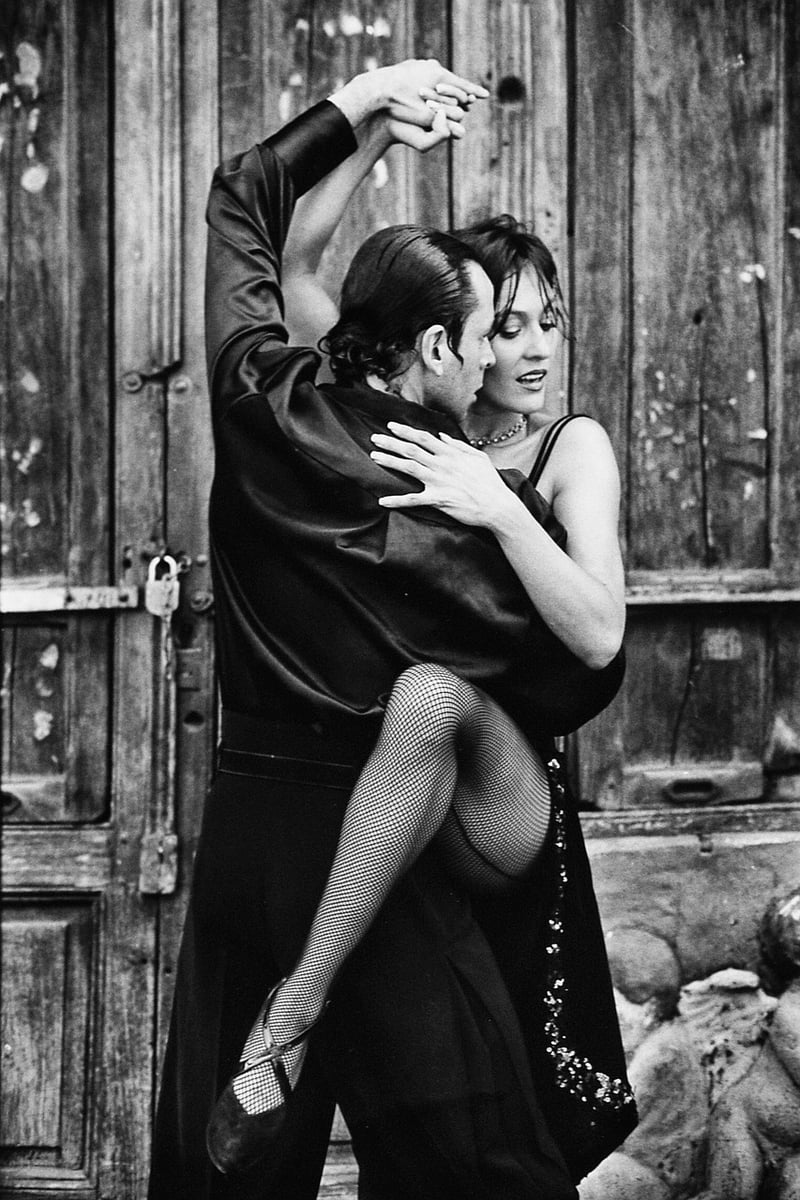
4. Contemporary Ballet
Contemporary ballet blends classical ballet technique with modern dance concepts. This style is characterized by its fluidity, expressiveness, and versatility. Dancers in contemporary ballet often explore new ways of moving and pushing the boundaries of traditional ballet vocabulary. Themes in contemporary ballet can range from personal introspection to social commentary.
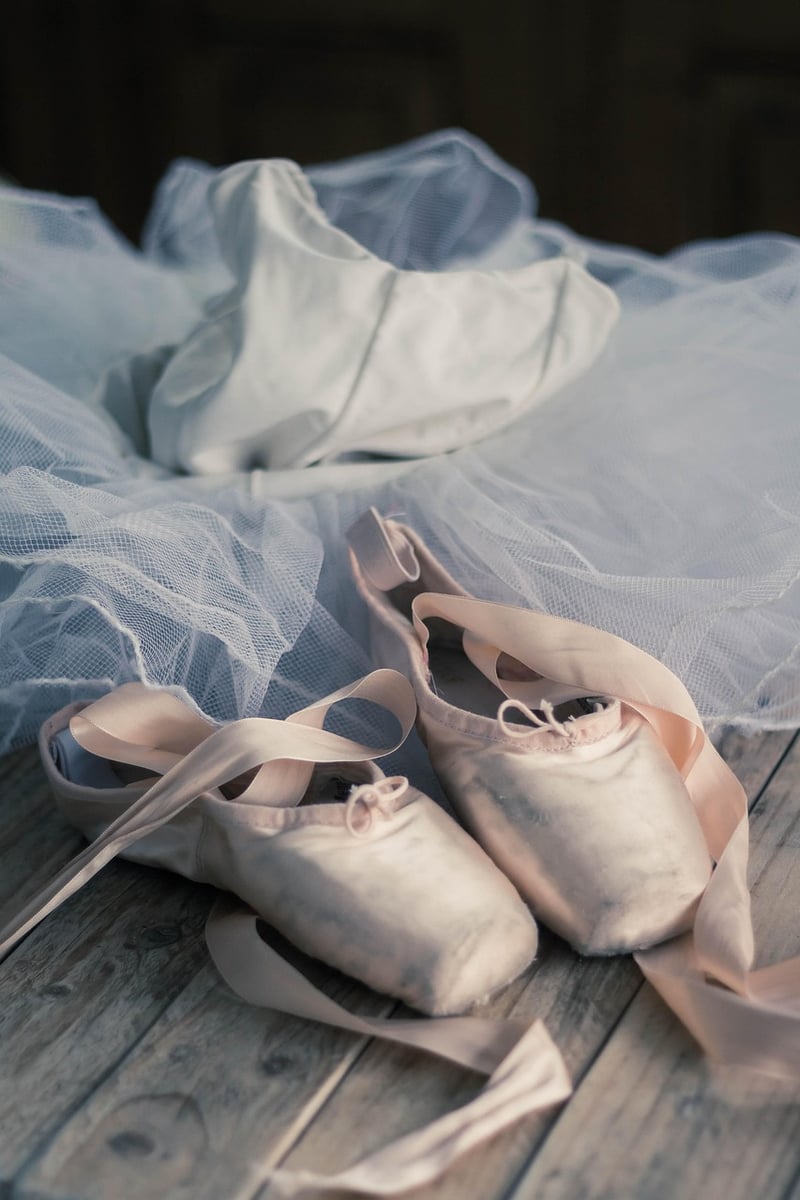
Each expressive movement style in ballet offers a unique perspective on storytelling and emotion, adding depth and richness to the art form. Whether it's the ethereal quality of romantic ballet, the precision of classical ballet, the athleticism of neoclassical ballet, or the innovation of contemporary ballet, ballet continues to evolve and inspire audiences worldwide.
Experience the beauty and artistry of ballet by immersing yourself in these diverse expressive movement styles that showcase the incredible talent and creativity of ballet dancers.
